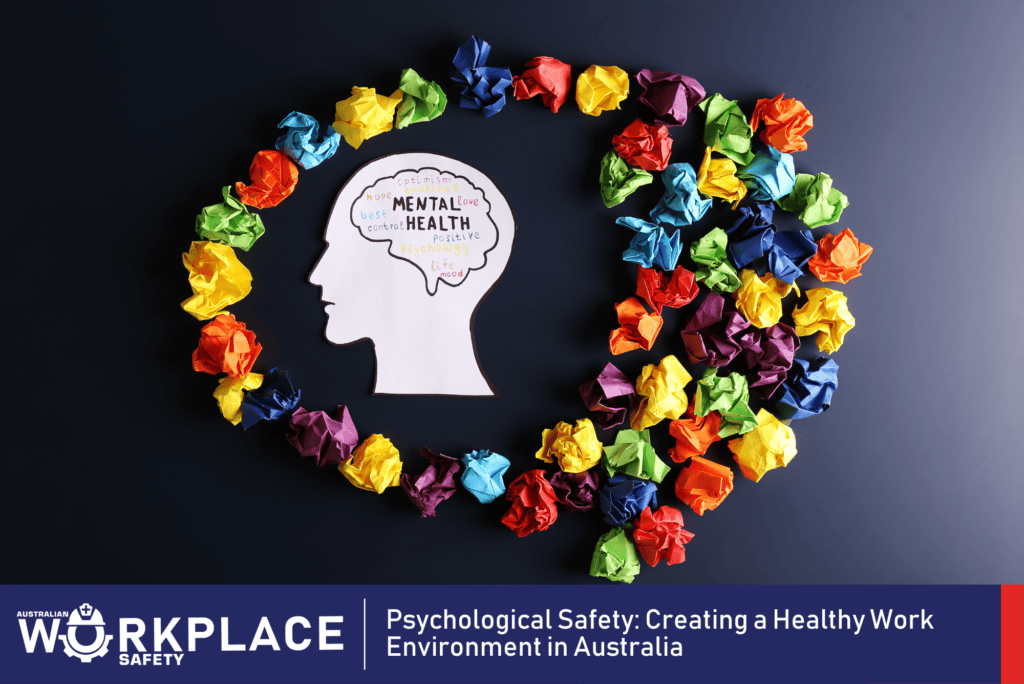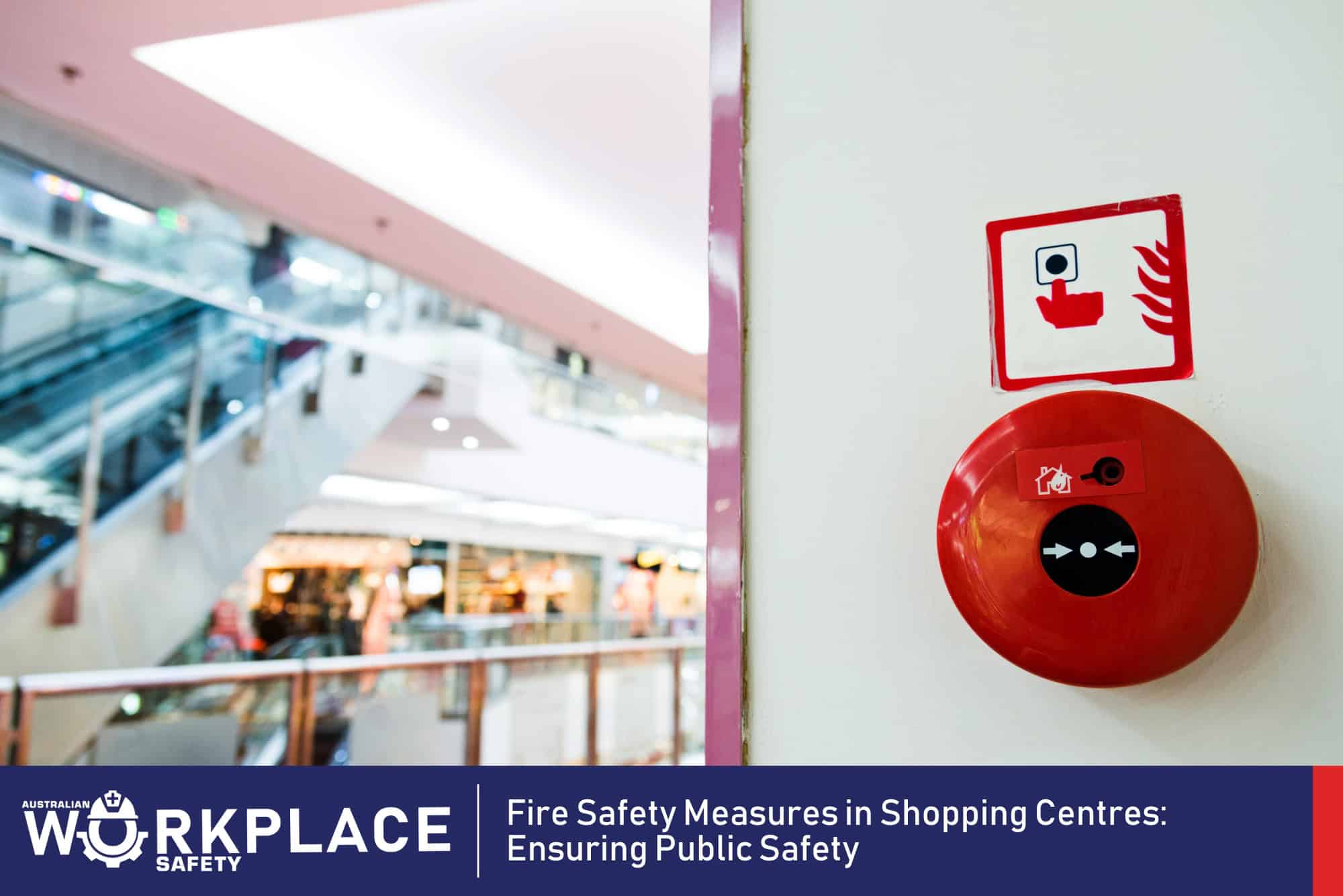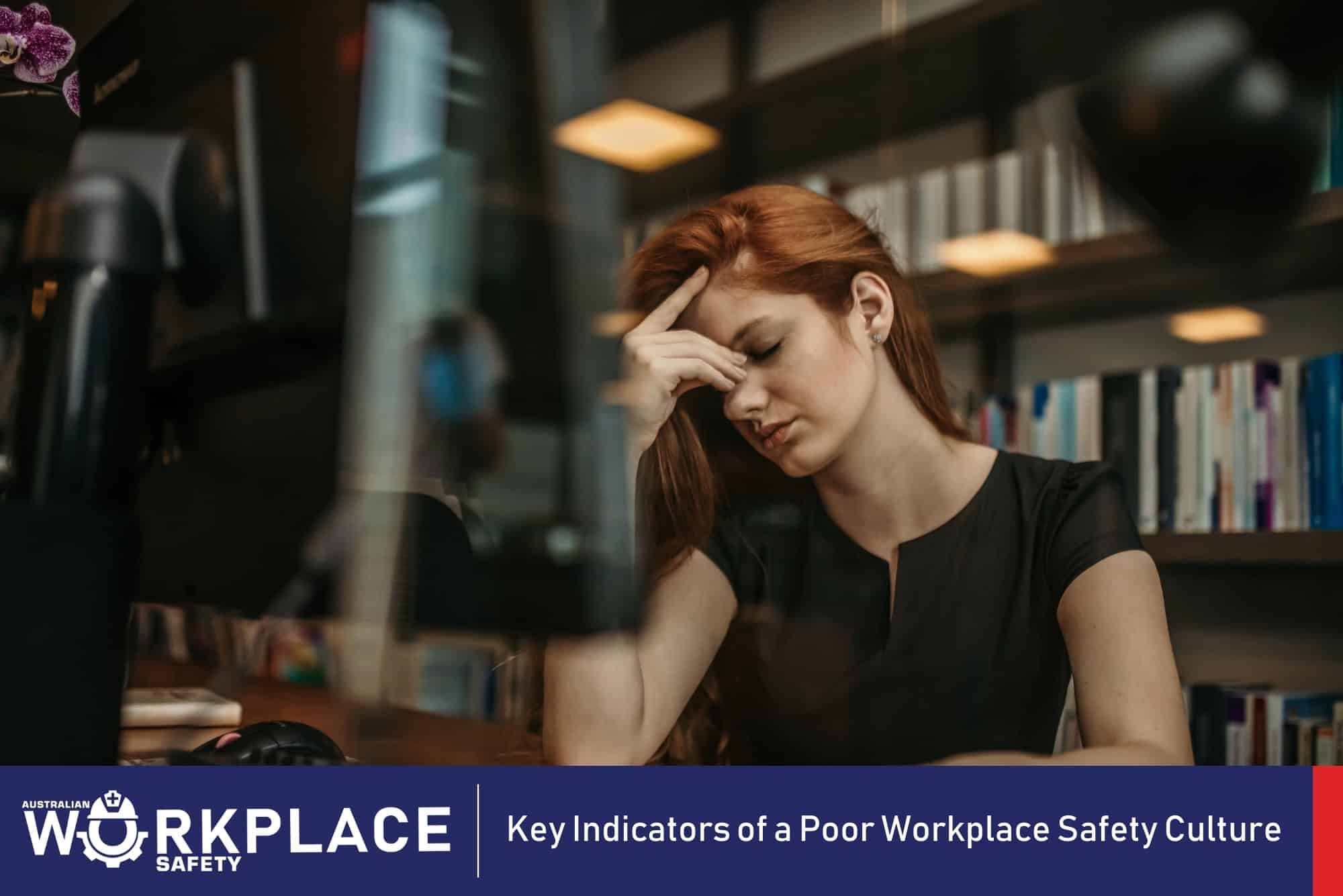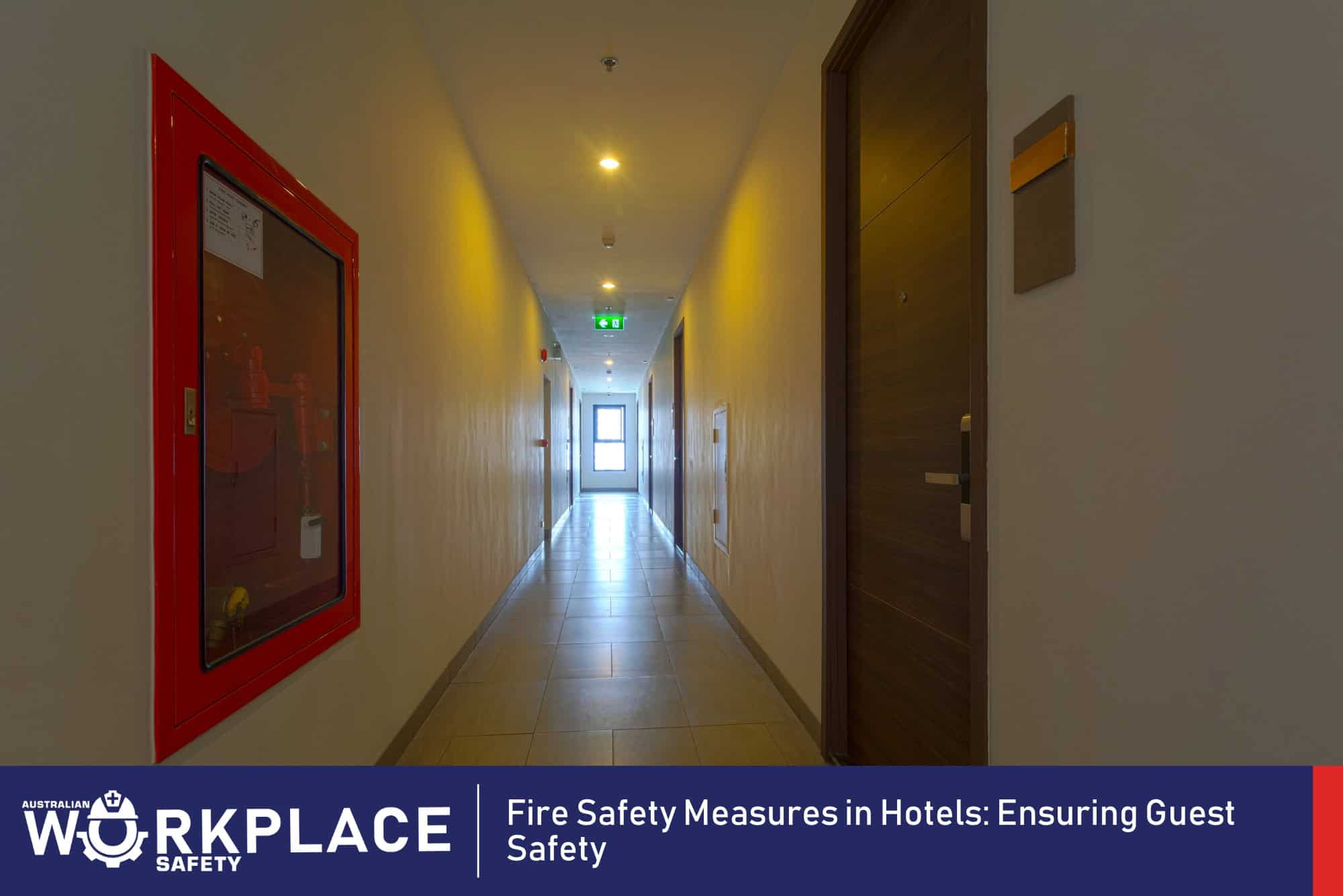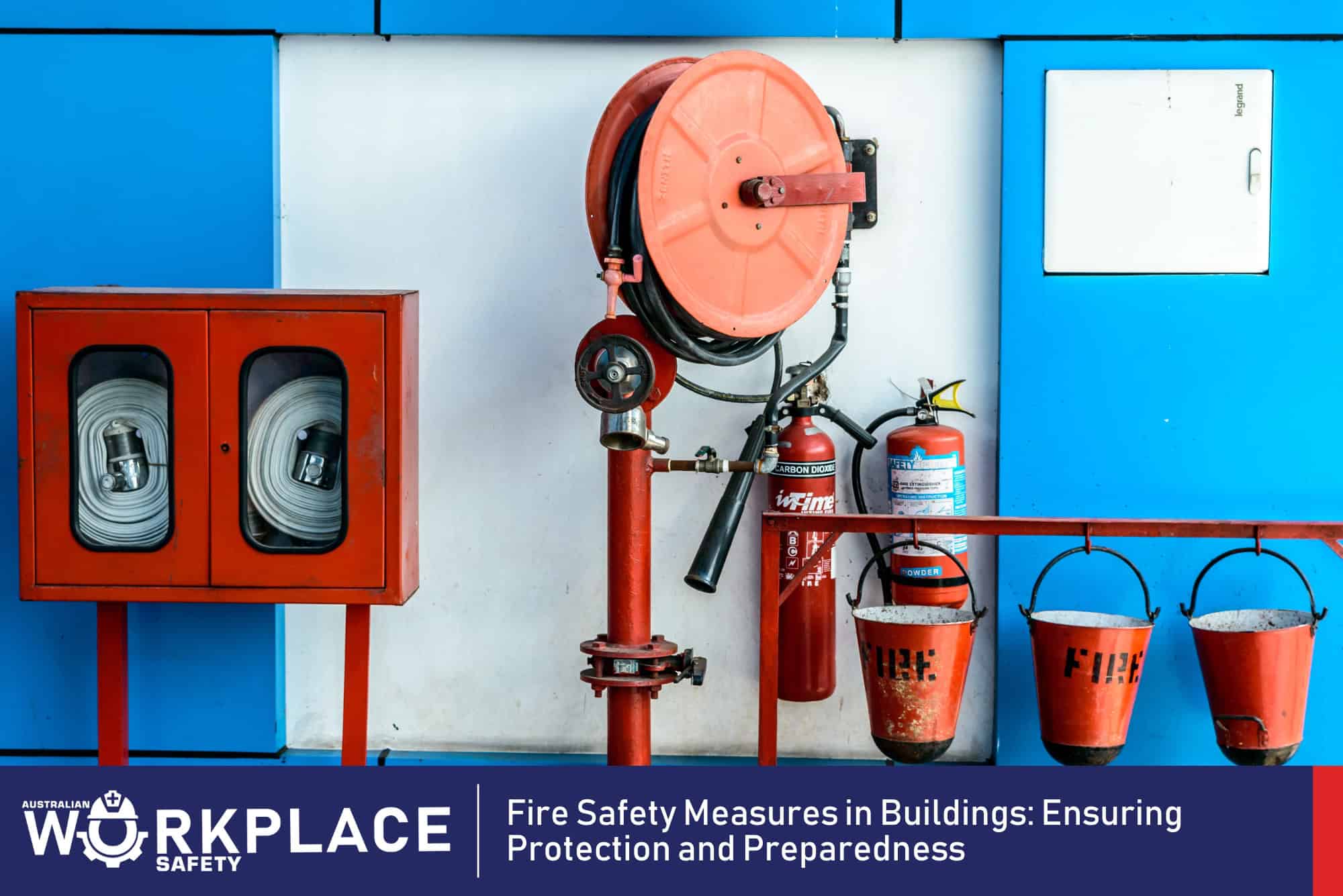In the realm of workplace wellness, an increasingly significant factor has emerged: psychological safety. A healthy work environment extends beyond physical safety to encompass mental well-being. As Australia prioritises the overall health of its workforce, delving into the depths of psychological safety becomes imperative. This article navigates through the nuances of psychological safety, its importance, characteristics, fostering strategies, benefits, and the path ahead for Australian workplaces.
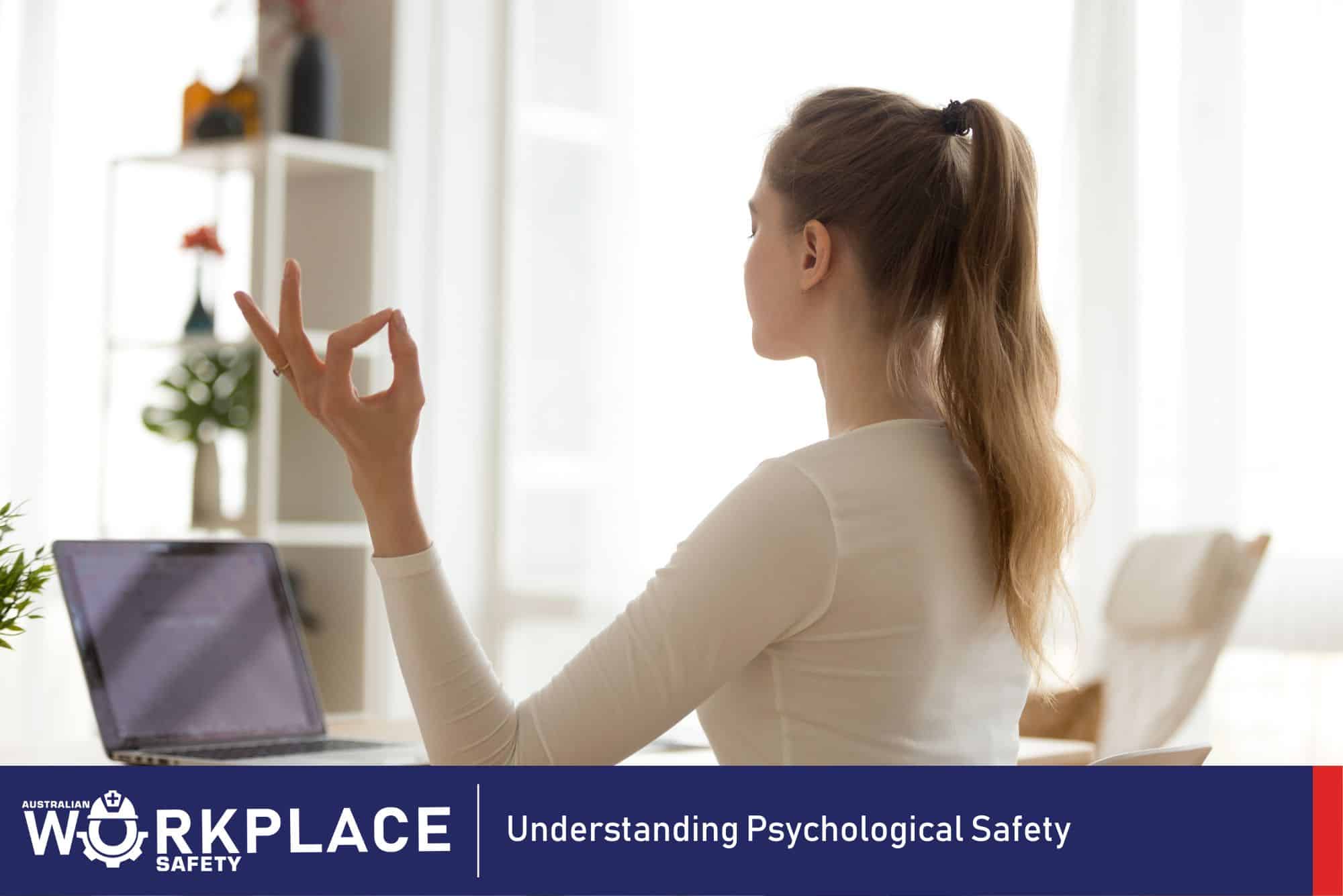
Understanding Psychological Safety
Psychological safety refers to a workplace culture in which employees feel safe to voice their opinions, ask questions, make mistakes, and take risks without fear of retribution or judgment. It’s the foundation for open communication, trust, and collaboration within teams. In an environment of psychological safety, individuals can comfortably express their ideas, seek help when needed, and challenge the status quo without the fear of negative consequences.
The Importance of Psychological Safety
The significance of psychological safety cannot be overstated. It nurtures a culture of innovation, where diverse perspectives are valued and contributions are encouraged. When employees feel safe to express their thoughts and concerns, issues can be identified and addressed early, preventing potential conflicts or misunderstandings from escalating. Moreover, psychological safety enhances employee engagement and satisfaction, as individuals are more likely to be motivated and dedicated when they feel respected and heard.
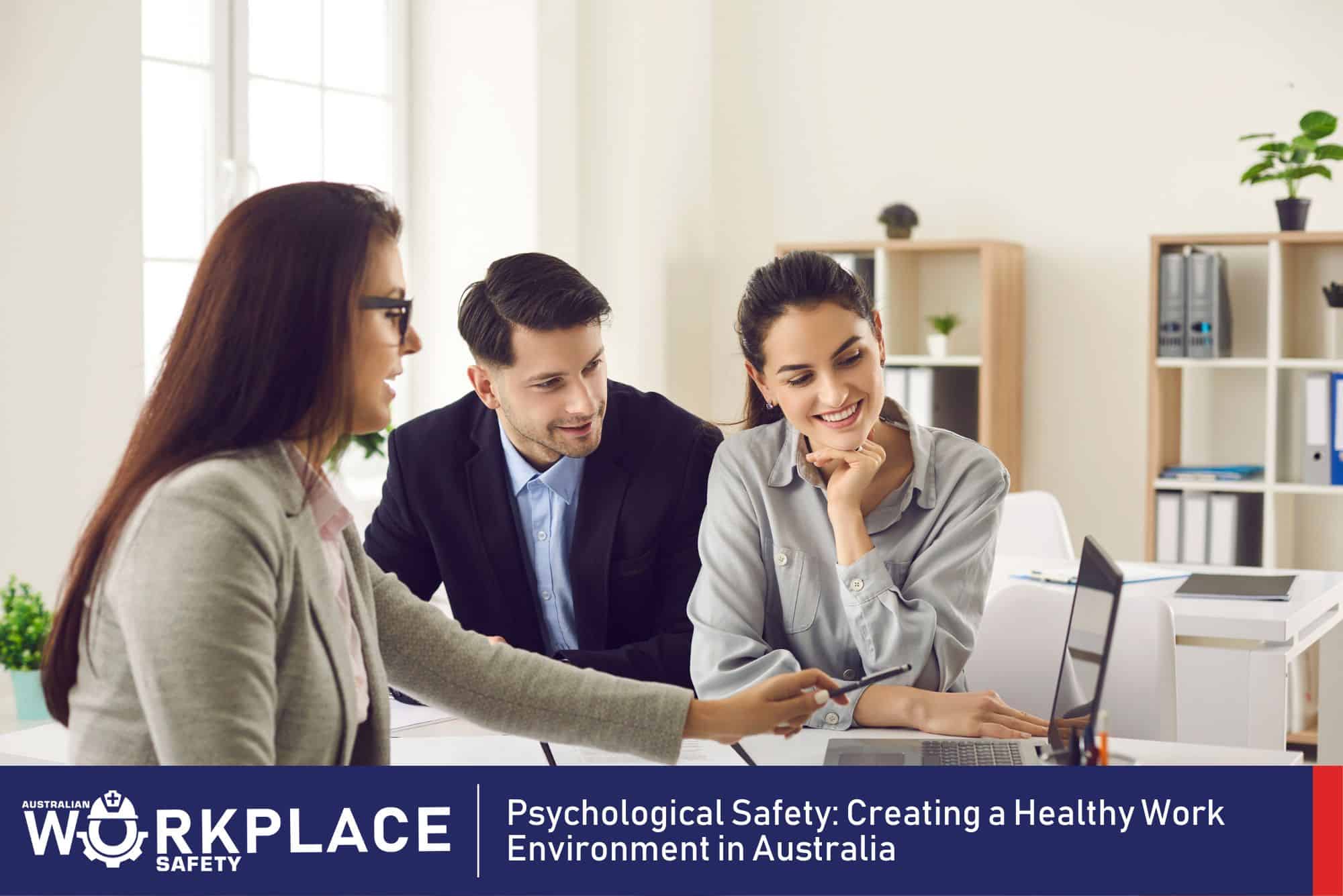
Characteristics of a Psychologically Safe Workplace
A psychologically safe workplace is characterised by several key attributes:
- Open Communication: Employees can freely share their thoughts, ideas, and concerns without fearing negative repercussions.
- Empathy and Respect: Colleagues and leaders demonstrate understanding and respect for one another’s feelings and opinions.
- Constructive Feedback: Feedback is given and received in a constructive manner, aimed at growth and improvement rather than criticism.
- Risk-Taking: Employees feel empowered to take calculated risks and innovate without the fear of failure.
- Inclusion and Diversity: A diverse range of perspectives is not only welcomed but also actively sought and celebrated.
Fostering Psychological Safety
Creating a psychologically safe workplace requires intentional efforts and strategies:
- Leadership Commitment: Leaders must champion the importance of psychological safety through their actions and communication.
- Role Modelling: When leaders and managers openly admit mistakes and ask for feedback, it sets a positive example for the entire team.
- Active Listening: Listening attentively and responding empathetically to employee concerns fosters trust and openness.
- Encouraging Participation: Encourage all team members to contribute during meetings and discussions, ensuring that everyone’s voice is heard.
- Clear Expectations: Define expectations for behaviour, communication, and collaboration to set the tone for respectful interactions.
- Conflict Resolution: Provide avenues for resolving conflicts in a fair and transparent manner, ensuring that issues are addressed promptly.

Benefits of Psychological Safety
A workplace imbued with psychological safety yields numerous benefits:
- Enhanced Innovation: Employees are more likely to share creative ideas when they feel safe from criticism.
- Increased Productivity: Psychological safety fosters collaboration and teamwork, leading to improved efficiency.
- Better Mental Health: When employees are comfortable discussing mental health concerns, overall well-being is improved.
- Reduced Turnover: Employees are more likely to stay in an organisation where they feel valued and heard.
- Conflict Prevention: Open communication reduces misunderstandings and conflicts that can arise from unexpressed concerns.
The Path Forward for Australian Workplaces
As Australia continues its commitment to workplace well-being, addressing psychological safety is integral. This journey involves:
- Training and Awareness: Educate employees about psychological safety and its role in creating a healthy work environment.
- Continuous Improvement: Regularly assess and improve existing policies and practices to align with psychological safety principles.
- Supportive Leadership: Equip leaders with the skills to promote psychological safety through coaching and development.
- Mental Health Resources: Provide resources for mental health support and encourage open discussions about mental well-being.
- Recognition and Reward: Acknowledge and reward behaviours that contribute to psychological safety, reinforcing the desired culture.

Nurturing Minds, Building Futures
In the tapestry of workplace well-being, the thread of psychological safety weaves a fabric that nurtures minds and propels productivity. As Australia strives for healthier work environments, the recognition of psychological safety as a cornerstone becomes essential. From encouraging open communication to embracing diverse viewpoints, Australian workplaces have the power to create environments where individuals flourish, innovation thrives, and mental well-being is prioritised. The path forward involves fostering a culture that values each voice and mind, enriching the future of both the workforce and the nation.
